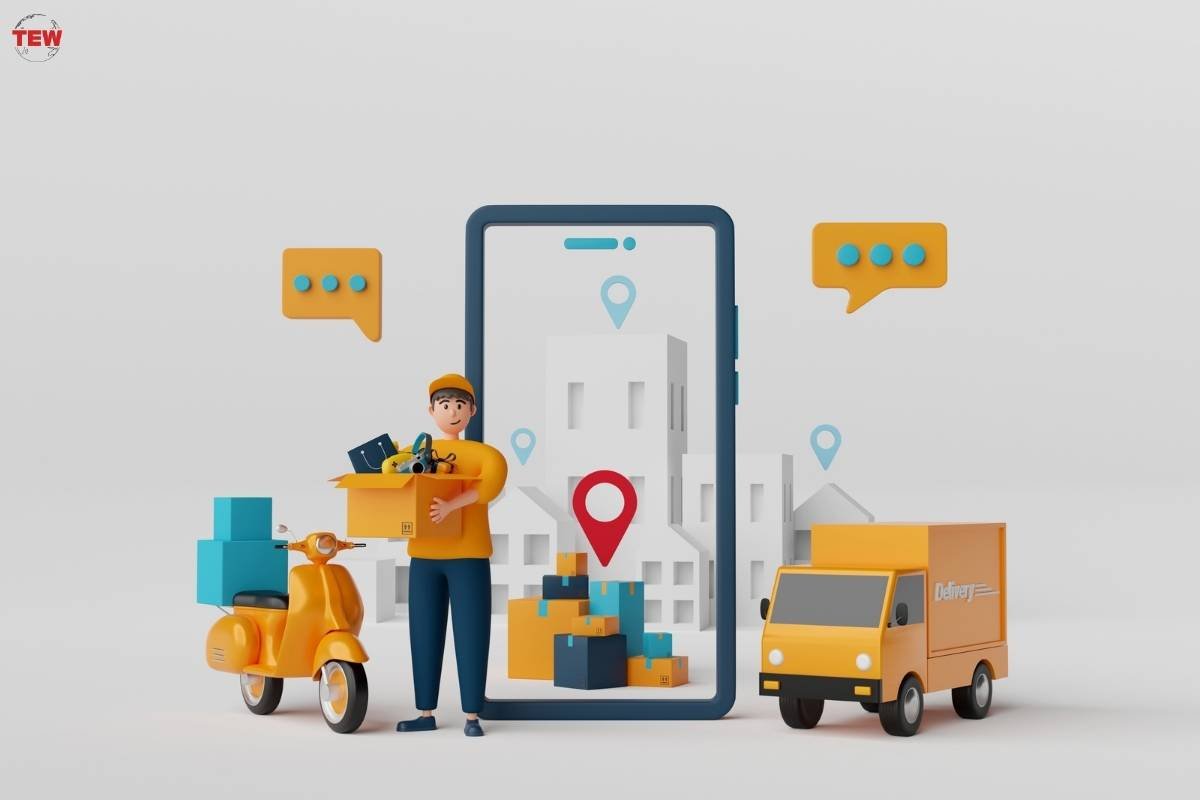In international commerce, air freight forwarding is an essential channel facilitating goods’ rapid and effective transportation across international borders. As businesses helm the complexities of global commerce, the ability to track shipments becomes paramount. Monitoring goods in the air freight forwarding service ensures transparency, enhances operational efficiency, and fosters customer satisfaction. This article delves into effective techniques to track goods in air freight forwarding solutions.
Utilizing Advanced Tracking Systems
Contemporary air freight forwarding solutions harness cutting-edge tracking systems to oversee the movement of goods across the supply chain. These systems employ cutting-edge technologies such as GPS, RFID, and barcode scanning to provide real-time visibility into shipment status. By leveraging digitalization, companies can precisely and accurately track their goods throughout the journey from the point of origin to the final destination.
Integration of Tracking Software

Tracking software integration is crucial for optimizing the monitoring process within air freight forwarding. This pivotal role streamlines operations, ensuring efficiency throughout the entire supply chain. Robust tracking platforms offer features such as automated notifications, customizable dashboards, and historical data analysis. This empowers stakeholders to take proactive measures in managing shipments, foresee potential delays, and make well-informed decisions to optimize the supply chain’s performance.
Collaboration with Freight Forwarders
Collaborating closely with freight forwarders is fundamental to ensuring the smooth tracking of goods in air freight forwarding solutions. Clear and open lines of communication, coupled with the establishment of defined key performance indicators, serve as the cornerstone of this collaboration. By fostering a robust partnership, both parties can mutually benefit from exchanging insights and expertise, thereby enhancing the efficiency and effectiveness of tracking capabilities. This cooperative strategy empowers businesses to leverage the knowledge and experience of freight forwarders, resulting in heightened transparency, accountability, and enhanced performance across the entire supply chain.
Implementing Track and Trace Protocols

Comprehensive track and trace protocols are imperative for ensuring end-to-end visibility in air freight forwarding. From the moment goods are tendered for shipment to their final delivery, a systematic approach to tracking enables stakeholders to monitor every stage of the journey. By adhering to standardized protocols and documentation requirements, businesses can mitigate risks and expedite the transit process.
Harnessing Data Analytics
Data analytics is a formidable asset in extracting actionable insights from tracking data within air freight forwarding solutions. Analyzing historical performance metrics, identifying trends, and predicting future patterns enable businesses to optimize supply chain operations. Data analytics empowers stakeholders to make informed decisions based on insights, fostering efficiency improvements and facilitating continuous enhancement without relying on intuition or guesswork.
Embracing IoT and Sensor Technologies
The proliferation of the Internet of Things (IoT) and sensor technologies revolutionize tracking capabilities in air freight forwarding. Embedded within shipments, IoT-enabled devices and sensors offer instantaneous updates regarding location, temperature, humidity, and various environmental factors, ensuring comprehensive real-time data monitoring. This enables proactive monitoring, compliance with regulatory requirements, and preservation of product integrity throughout transit.
Ensuring Compliance with Regulatory Requirements
Compliance with regulatory requirements is paramount in air freight forwarding, especially concerning tracking and security measures. Adhering to international standards such as IATA’s Cargo iQ ensures consistency and reliability in tracking processes. Remaining informed about regulatory updates and adhering to industry best practices enable businesses to minimize compliance risks while maintaining operational excellence.
Enhancing Customer Visibility and Transparency
Transparency and visibility are cornerstones of customer satisfaction in air freight forwarding solutions. Providing customers with access to tracking information through user-friendly portals or mobile applications enhances their experience and builds trust. Timely updates on shipment status, estimated arrival times, and potential disruptions empower customers to plan and manage their supply chain effectively.
Continuous Improvement and Adaptation

In the dynamic landscape of air freight forwarding, continuous improvement and adaptation are essential for staying ahead of the curve. Regular evaluation of tracking processes, feedback mechanisms, and technological advancements enables businesses to evolve and innovate. By fostering continuous improvement, stakeholders can steer challenges, seize opportunities, and drive growth in air freight forwarding solutions.
Conclusion
Tracking goods in the air freight forwarding service encompasses various facets, demanding the utilization of advanced technologies, fostering strategic partnerships, and meticulous adherence to industry best practices. Incorporating modern tracking systems, engaging in collaborative efforts with freight forwarders, and harnessing the power of data analytics is instrumental in enhancing visibility, operational efficiency, and reliability within supply chain operations. Through these measures, businesses can gain comprehensive insights into the movement of goods, anticipate potential challenges, and optimize resource allocation for maximum effectiveness.
Moreover, maintaining a steadfast commitment to continuous improvement and adaptability enables stakeholders to helm the ever-evolving global trade landscape, empowering them to overcome obstacles and achieve sustainable success in the marketplace. By prioritizing innovation and embracing proactive measures, businesses can position themselves as leaders in the air freight forwarding industry, driving growth and fostering long-term prosperity.



